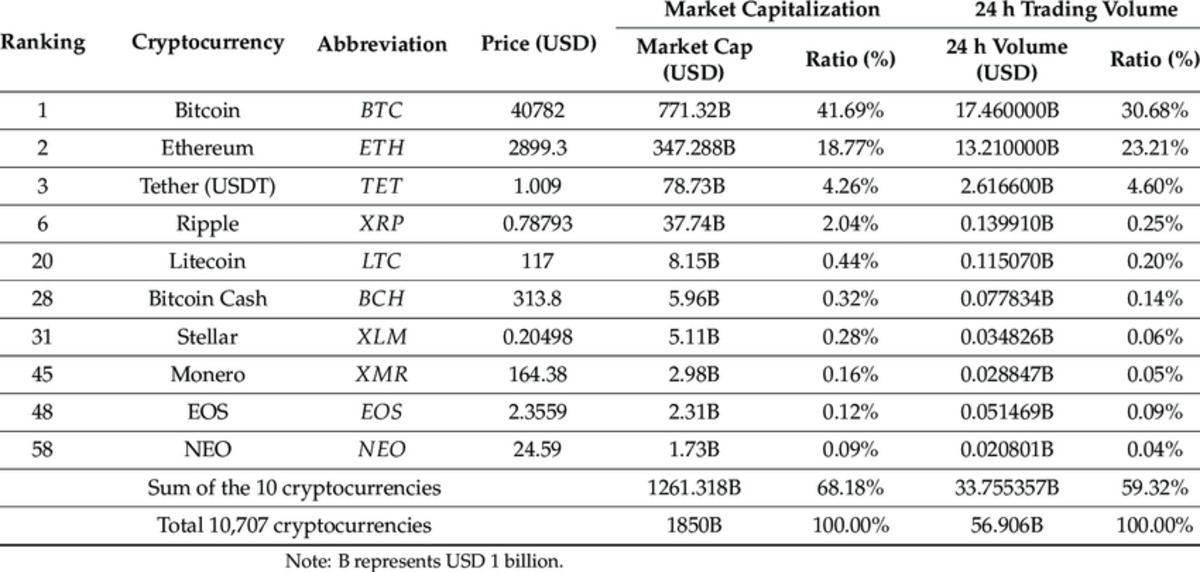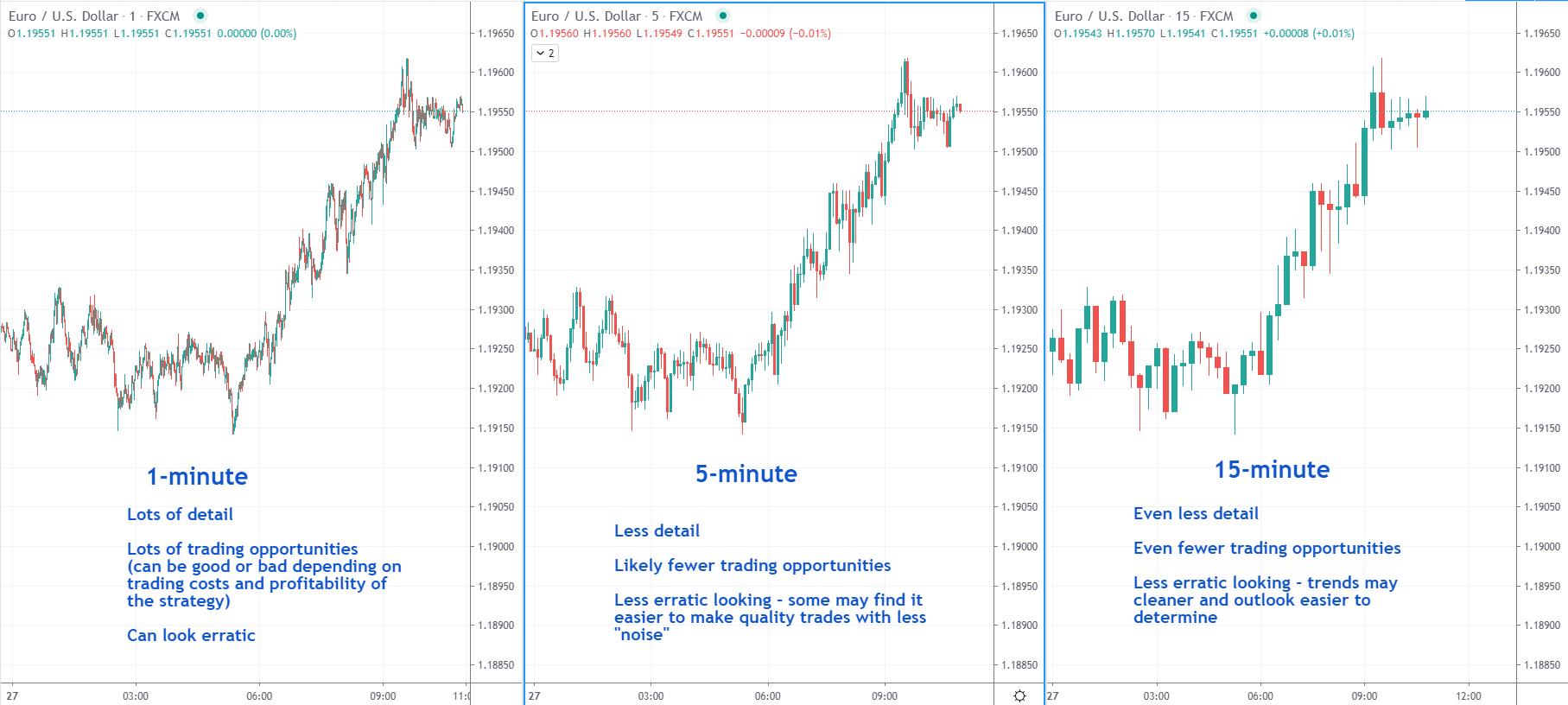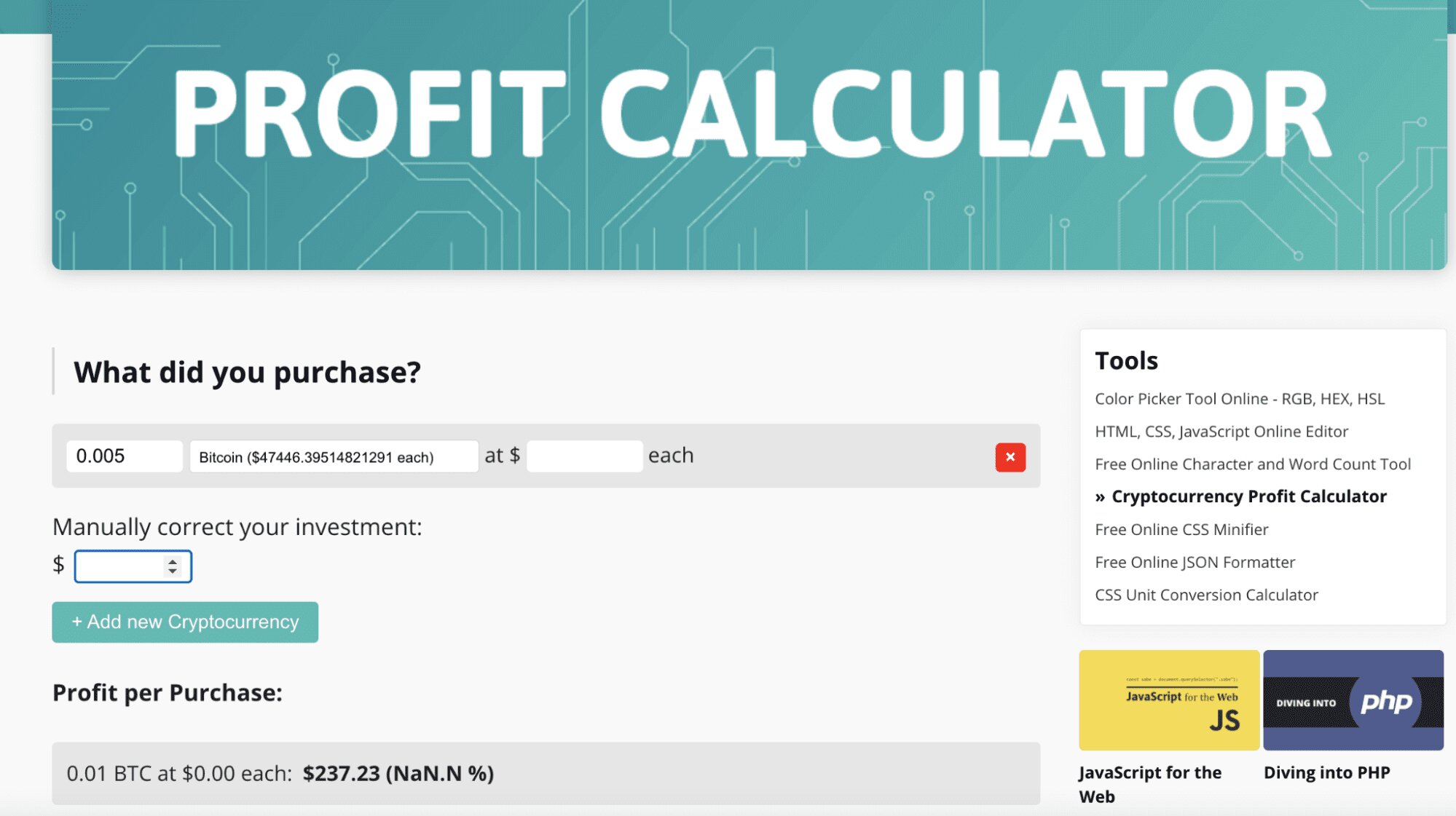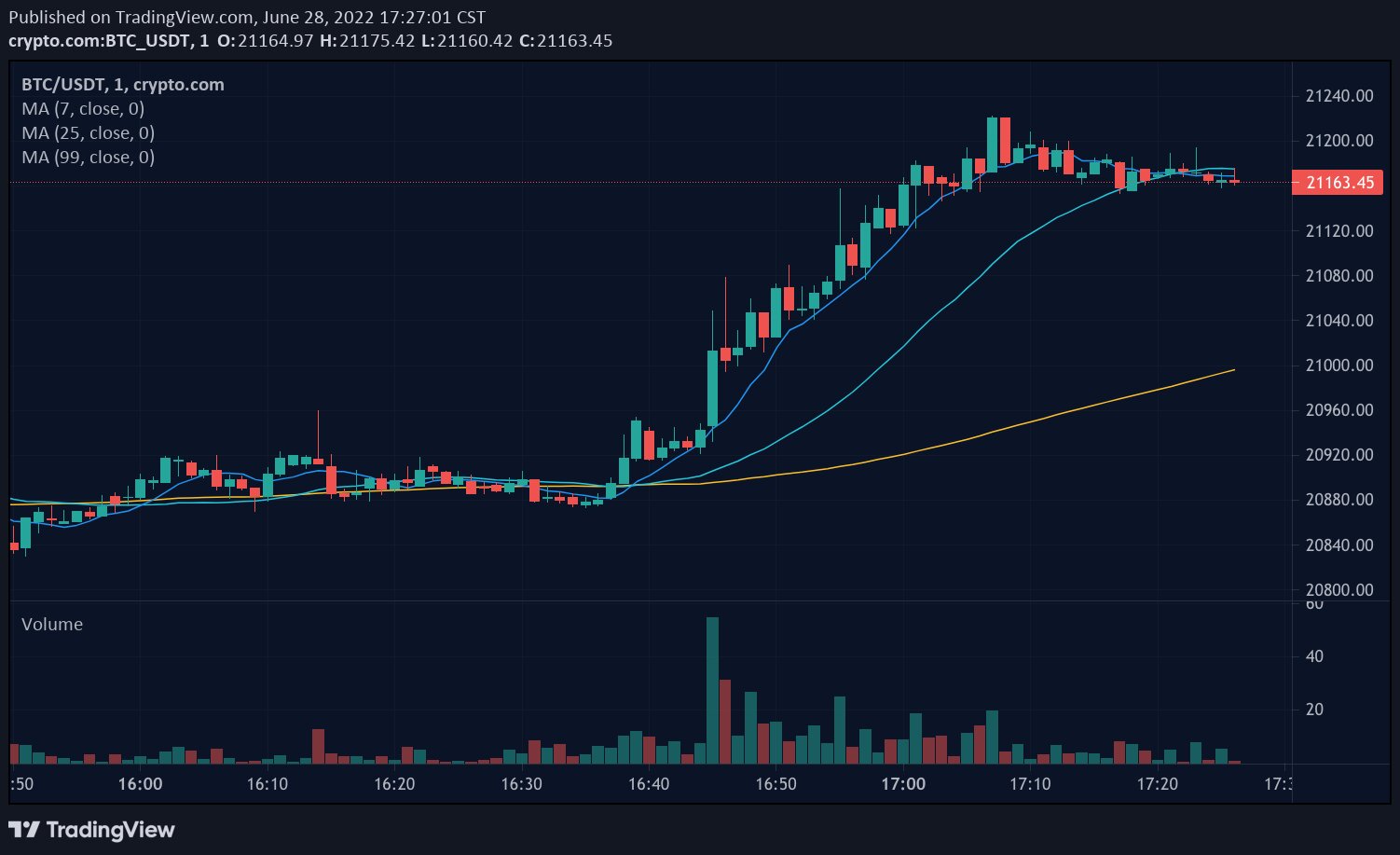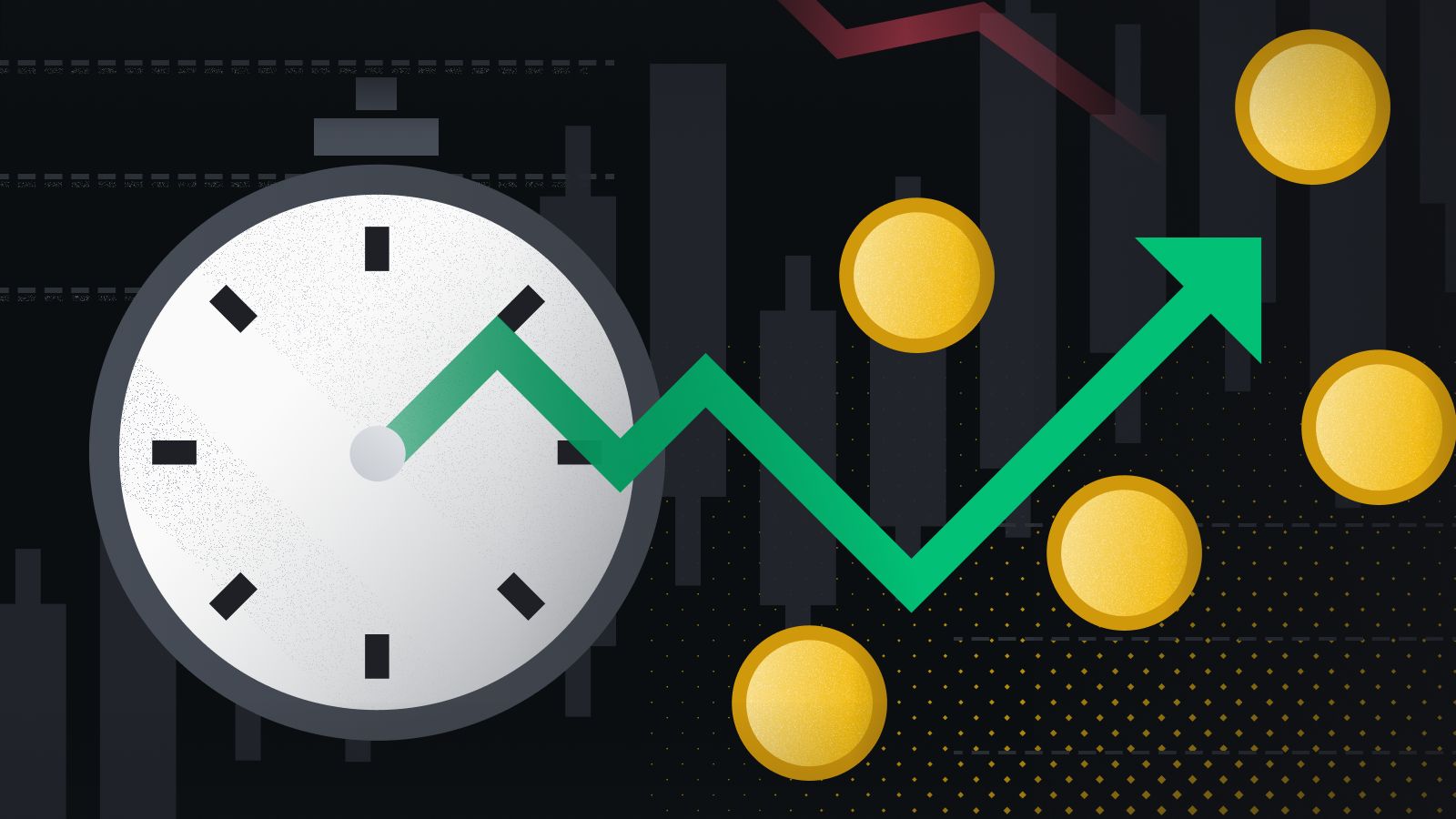Introduction
Welcome to the world of cryptocurrency, a digital landscape that operates around the clock and knows no bounds. As you delve into this dynamic market, you may come across the term “24 Hour Volume.” But what exactly does it mean, and why is it important to understand?
The concept of 24 Hour Volume refers to the total amount of a particular cryptocurrency traded within a 24-hour period. It serves as a key metric for assessing the liquidity and activity level of a cryptocurrency’s market. By analyzing the 24 Hour Volume, traders and investors can gain valuable insights into market trends, liquidity levels, and potential price movements.
The cryptocurrency market is highly volatile, with prices fluctuating rapidly and without warning. To navigate this landscape successfully, one must have a thorough understanding of the market’s liquidity and trading patterns. This is where the concept of 24 Hour Volume comes into play.
Tracking the 24 Hour Volume allows traders to gauge the level of liquidity in a given market. Liquidity refers to the ease with which an asset can be bought or sold without significantly impacting its price. A market with high liquidity provides ample opportunities for traders to enter and exit positions without causing drastic price fluctuations.
Additionally, studying the 24 Hour Volume helps identify the depth of the market. Market depth refers to the volume of buy and sell orders at different price levels. A deep market implies there are sufficient buyers and sellers at various price points, which enhances overall market stability and decreases the risk of slippage.
Price impact is another crucial aspect influenced by the 24 Hour Volume. Large trades or significant changes in trading volume can cause the price of a cryptocurrency to move dramatically. By monitoring the 24 Hour Volume, traders can better anticipate potential price swings and adjust their strategies accordingly.
Furthermore, analyzing the 24 Hour Volume can reveal market trends and trading patterns. Sudden increases in trading volume may indicate significant news or events affecting the cryptocurrency, leading to a surge in trading activity. This information can be vital for traders who rely on technical analysis and use volume indicators to make informed trading decisions.
Monitoring the 24 Hour Volume is not just limited to active traders; it also provides valuable insights for long-term investors. Understanding the liquidity and activity level of a cryptocurrency can aid in determining the overall market sentiment and potential risks associated with a particular investment.
Definition of 24 Hour Volume
Before diving deeper into the significance of 24 Hour Volume in the cryptocurrency market, let’s first define what it represents. 24 Hour Volume, also known as trading volume, is a measure of the total number of units of a cryptocurrency traded within a 24-hour period.
When a trade occurs on a cryptocurrency exchange, it involves buying or selling a certain amount of a particular cryptocurrency. Each trade contributes to the overall trading volume for that cryptocurrency within the specific time frame of 24 hours.
The 24 Hour Volume metric provides insights into the amount of market activity and participation. It reflects the level of demand and supply within a particular cryptocurrency market. A higher trading volume generally indicates a more vibrant and active market.
The measurement of 24 Hour Volume is usually denoted in the base currency of the trading pair. For instance, if the trading pair is BTC/ETH, the trading volume will be expressed in BTC, as BTC is the base currency. Similarly, if the trading pair is ETH/USDT, the trading volume will be stated in ETH.
It’s important to note that 24 Hour Volume can vary significantly across different cryptocurrencies and exchanges. Cryptocurrencies with larger market capitalization and broader adoption generally tend to have higher trading volumes due to increased trading activity.
While the term “24 Hour Volume” suggests that it is calculated within a 24-hour time frame, it is essential to consider the specific time zone used for this calculation. Cryptocurrency markets operate globally, and exchanges may follow different time zones for recording trading volume. As a result, the reported 24 Hour Volume may not align precisely with a given calendar day.
It’s worth noting that the reported 24 Hour Volume represents the sum of all trades on an exchange within the specified time frame. This includes both buying and selling activities. The trading volume can provide insights into the market’s liquidity and the number of transactions occurring, which is vital for informed investing and trading decisions.
Now that we have clarified the definition of 24 Hour Volume, let’s explore how this metric is calculated and why it holds immense importance in the cryptocurrency market.
How Is 24 Hour Volume Calculated?
Calculating the 24 Hour Volume of a cryptocurrency involves aggregating the total trading volume within a specific 24-hour time period. Each trade that occurs during this timeframe contributes to the cumulative trading volume for that particular cryptocurrency.
Most cryptocurrency exchanges provide real-time data on the trading volume for each listed cryptocurrency. They use their internal systems to keep track of the total volume of buy and sell orders executed on their platform.
The calculation of 24 Hour Volume takes into account the quantity of each trade and multiplies it by the price at which the trade occurred. By summing up the individual trade volumes, the exchange can provide an accurate measure of the total trading activity within the given time frame.
It’s important to note that the reported 24 Hour Volume may vary slightly across different exchanges due to factors such as the inclusion or exclusion of specific trading pairs, data collection methods, and time zone differences. Therefore, it’s advisable to consult multiple reputable exchanges to obtain a more comprehensive view of the trading volume.
The 24 Hour Volume calculation also considers both the base currency and the quote currency in a trading pair. For example, in the BTC/ETH trading pair, the volume will be calculated in BTC, which is the base currency. The same applies to other trading pairs, where the volume will be denoted in the respective base currency.
It’s worth noting that the reported 24 Hour Volume provides a snapshot of the trading activity within a specific timeframe. As time progresses and new trades occur, the volume will be updated accordingly. Therefore, it’s recommended to refer to real-time data or regularly refresh the volume data to stay up to date with the latest trading activities.
By understanding how the 24 Hour Volume is calculated, traders and investors can utilize this information to assess the liquidity, market activity, and overall interest in a particular cryptocurrency. This metric is crucial for monitoring market trends, analyzing trading patterns, and making informed decisions based on the level of market participation.
Now that we have explored the calculation of 24 Hour Volume, let’s delve into the importance of this metric in the cryptocurrency market.
Importance of 24 Hour Volume in Cryptocurrency
The 24 Hour Volume metric holds significant importance in the world of cryptocurrency. It provides valuable insights into the liquidity, market depth, price impact, and trading patterns of a particular cryptocurrency. Understanding and analyzing the 24 Hour Volume can aid traders and investors in making informed decisions and navigating the dynamic cryptocurrency market.
One of the key aspects where 24 Hour Volume plays a crucial role is liquidity. Liquidity refers to the ease with which an asset can be bought or sold without significantly impacting its price. Markets with high liquidity provide ample opportunities for traders to enter and exit positions smoothly, without causing significant price fluctuations or slippage. By monitoring the 24 Hour Volume, traders can assess the level of liquidity in the market, making it easier to execute trades at desired prices.
Furthermore, the 24 Hour Volume provides insights into the market depth. Market depth refers to the volume of buy and sell orders at various price levels. A deep market indicates a sufficient number of buyers and sellers, which contributes to market stability and reduces the risk of price manipulation. Traders can analyze the market depth through the 24 Hour Volume to gauge the overall strength and stability of the market.
Price impact is another critical factor influenced by the 24 Hour Volume. Large trades or significant changes in trading volume can cause the price of a cryptocurrency to move dramatically. By monitoring the 24 Hour Volume, traders can anticipate potential price swings and adjust their trading strategies accordingly. Understanding the relationship between trading volume and price movement can be invaluable for both short-term and long-term traders.
The 24 Hour Volume also helps identify market trends and trading patterns. Sudden increases in trading volume often indicate significant news or events affecting the cryptocurrency, leading to a surge in trading activity. By analyzing the volume patterns over time, traders can identify trends, confirm technical analysis signals, and make better-informed trading decisions.
Moreover, the 24 Hour Volume provides crucial insights for long-term investors. By understanding the liquidity and activity level of a cryptocurrency, investors can assess the market sentiment and potential risks associated with a particular investment. High trading volume indicates a growing interest in a cryptocurrency, which could be a positive indicator for long-term investment opportunities.
As the cryptocurrency market operates 24/7 and spans across the globe, the 24 Hour Volume metric becomes even more essential. It allows traders and investors to stay informed about the latest market activity and monitor real-time trends. It enables them to take advantage of potential trading opportunities and make informed decisions, ultimately enhancing their chances of success in the cryptocurrency market.
Having explored the importance of 24 Hour Volume, let’s now delve into the concepts of liquidity and market depth in more detail.
Liquidity and Market Depth
Liquidity and market depth are crucial factors that significantly impact the trading experience and overall stability of the cryptocurrency market. Understanding these concepts is essential for both traders and investors in assessing the risk and potential profitability of their activities.
Liquidity refers to the ease with which an asset, in this case, a cryptocurrency, can be bought or sold in the market without causing significant price changes. A liquid market allows traders to execute large orders without facing price slippage, where the executed price significantly deviates from the intended price. High liquidity ensures that there are sufficient buyers and sellers in the market, enabling transactions to be completed quickly and at fair market prices.
The 24 Hour Volume plays a crucial role in determining the liquidity of a cryptocurrency. A higher trading volume generally indicates a more liquid market with increased activity and participation. It means there are more traders willing to buy or sell a particular cryptocurrency at any given time, leading to enhanced liquidity.
Market depth, on the other hand, refers to the volume of buy and sell orders at different price levels in the order book. The order book displays all the buy and sell orders, along with their corresponding quantities and prices. A deep market implies that there are significant order volumes at various price levels, signifying a healthy market with ample liquidity.
Traders and investors often analyze market depth to estimate the potential price impact of their trades. By assessing the distribution of buy and sell orders, they can better understand the level of support or resistance at different price levels. A deep market with substantial buy orders can provide a higher level of confidence to buyers, as there is a larger pool of potential sellers available.
Moreover, market depth analysis can reveal buy or sell walls, which are large order clusters at specific price points. These walls act as psychological barriers and can significantly impact the price direction. Traders often evaluate such walls as they can influence their trading strategy and potential profit targets.
Monitoring the liquidity and market depth via the 24 Hour Volume allows traders to make well-informed trading decisions. A liquid market provides better execution opportunities, tighter bid-ask spreads, and reduced price slippage. On the other hand, a deep market with substantial order volumes offers increased stability and minimizes the risk of market manipulation.
However, it’s important to note that liquidity and market depth can vary across different cryptocurrency exchanges and trading pairs. Some well-established exchanges and popular trading pairs tend to have higher liquidity and deeper markets due to a larger user base and trading activity. Factors such as market size, trading volume, and user demand all contribute to the liquidity and depth of a specific cryptocurrency market.
By understanding liquidity and market depth in relation to the 24 Hour Volume, traders and investors can determine the overall health of a cryptocurrency market and tailor their strategies accordingly. These metrics empower individuals to navigate the market with more confidence, efficiently execute trades, and mitigate potential risks.
Now, let’s explore the impact of 24 Hour Volume on price impact and volatility.
Price Impact and Volatility
Price impact and volatility are significant considerations when trading or investing in cryptocurrencies. The 24 Hour Volume metric plays a crucial role in evaluating and understanding the potential price movements and volatility in the market.
Price impact refers to the effect that a trade or a significant change in trading volume can have on the price of a cryptocurrency. Large trades or sudden increases in trading volume can cause the price to move dramatically in either direction. The 24 Hour Volume provides valuable insights into the level of market activity and the potential impact of trades on cryptocurrency prices.
Higher trading volumes usually indicate more significant market participation and the potential for increased price impact. When the trading volume surges, it can lead to heightened volatility and price fluctuations. Traders who monitor the 24 Hour Volume can anticipate potential price swings and adjust their trading strategies accordingly.
Volatility, on the other hand, refers to the degree of price fluctuations in the market. Cryptocurrencies are known for their inherent volatility, with prices often experiencing rapid and substantial changes within a short period. Volatility provides opportunities for traders to profit from price movements, but it also carries a higher level of risk.
The 24 Hour Volume has a direct relationship with volatility. Higher trading volumes tend to contribute to increased volatility, as the increased activity results in more significant price movements. Traders who prefer a more dynamic trading environment may actively seek cryptocurrencies with higher trading volumes and greater volatility.
Volatility can be a double-edged sword. While it opens doors to potential profits, it also increases the risks associated with trading or investing in cryptocurrencies. Traders and investors who embrace volatility must carefully assess their risk tolerance and employ risk management strategies to protect their capital from extreme price swings.
By monitoring the 24 Hour Volume, traders can gain insights into the level of market activity and the potential for price impact and volatility. This knowledge allows them to make informed decisions, adjust their trading strategies, and capitalize on potential trading opportunities.
It’s important to note that price impact and volatility may vary across different cryptocurrencies based on factors such as market size, trading volume, and overall market sentiment. Cryptocurrencies with lower liquidity or smaller market caps may exhibit higher levels of price impact and volatility compared to more established and widely traded cryptocurrencies.
As traders and investors navigate the cryptocurrency market, understanding the relationship between 24 Hour Volume, price impact, and volatility is crucial. By analyzing the trading volume and its potential impact on price movements, individuals can make better-informed decisions and manage their risk exposure effectively.
Next, let’s explore how market trends and trading patterns can be identified through the analysis of 24 Hour Volume.
Market Trends and Trading Patterns
The analysis of market trends and trading patterns is a crucial aspect of successful trading in the cryptocurrency market. By examining the 24 Hour Volume, traders and investors can gain insights into market behavior, identify trends, and recognize trading patterns that can guide their decision-making processes.
Sudden increases or decreases in trading volume often indicate shifts in market sentiment or the occurrence of significant news or events. Higher trading volumes can signify increased market activity and interest in a particular cryptocurrency. Similarly, lower trading volumes may indicate a lack of participation and reduced market interest. By tracking the 24 Hour Volume, traders can recognize these shifts and adjust their strategies accordingly.
Market trends can be identified by analyzing the 24 Hour Volume over a longer period. Traders often look for consistent increases or decreases in trading volume over a series of days or weeks. A rising trading volume may indicate an uptrend, while a declining trading volume may suggest a downtrend. These trends can provide insights into the overall sentiment and direction of the market, helping traders make more informed trading decisions.
Trading patterns can also be observed through the analysis of the 24 Hour Volume. Patterns such as breakouts, reversals, or consolidation can be identified by studying the volume alongside price movements. For example, a breakout accompanied by high trading volume suggests a strong price movement and potential continuation of the trend. Conversely, low trading volume during consolidation may forecast a period of price stability before the next significant move.
Technical analysts commonly use volume indicators, such as the Volume Weighted Average Price (VWAP) or On-Balance Volume (OBV), to validate trading patterns and identify potential entry or exit points. These tools utilize the 24 Hour Volume alongside price data to provide additional insights into market trends and the strength of trading signals.
Moreover, analyzing the 24 Hour Volume can help traders understand market sentiment and the behavior of other market participants. It can reveal whether buying or selling pressure is dominant at a particular time, as higher volumes on one side of the market may indicate the presence of stronger buyer or seller activity.
While analyzing market trends and trading patterns based on the 24 Hour Volume is valuable, it’s important to consider other factors such as fundamental analysis, news events, and technical indicators. Combining multiple sources of information can provide a more comprehensive view of the market and increase the chances of making successful trading decisions.
By studying the trends and patterns revealed through the analysis of the 24 Hour Volume, traders can enhance their understanding of market behavior, improve their timing of trades, and potentially capitalize on profitable opportunities.
Next, let’s explore how traders can effectively monitor the 24 Hour Volume to stay informed about market activity.
Monitoring 24 Hour Volume
Monitoring the 24 Hour Volume is essential for traders and investors who want to stay informed about market activity and make informed decisions. By regularly tracking the trading volume of cryptocurrencies, individuals can gauge market sentiment, identify emerging trends, and fine-tune their trading strategies.
One of the primary ways to monitor the 24 Hour Volume is through cryptocurrency exchanges. Most reputable exchanges provide real-time data on the trading volume of each listed cryptocurrency. Traders can access this information through the exchange’s interfaces, trading terminals, or dedicated API services.
Many exchanges also offer advanced charting tools that allow traders to visualize and analyze the volume data along with price movements. By observing the volume patterns, traders can identify significant spikes or declines in trading activity, which may indicate market trends or potential trading opportunities.
Third-party financial websites and cryptocurrency market analysis platforms also provide comprehensive data on trading volumes. These platforms aggregate data from multiple exchanges, providing a broader picture of the overall market activity. Additionally, they often offer historical data, enabling users to analyze volume trends over time.
Traders can set up alerts or notifications to receive updates on changes in trading volume for specific cryptocurrencies. This helps them stay informed about sudden shifts in market sentiment or unexpected increases in trading activity. These alerts can be delivered via email, text message, or within trading platforms.
It is important to regularly monitor the 24 Hour Volume but also consider longer timeframes to identify trends and patterns. Observing volume patterns over days, weeks, or months can reveal valuable insights into the behavior of a cryptocurrency and its market dynamics.
It’s worth noting that monitoring the 24 Hour Volume is not only relevant for active traders but also valuable for long-term investors. By keeping track of the trading volume, investors can assess the general interest and liquidity in a cryptocurrency. They can make more informed decisions about buying, holding, or selling their investments based on the broader market sentiments reflected in the trading volume.
Furthermore, traders and investors can combine the analysis of the 24 Hour Volume with other indicators, such as technical analysis tools, fundamental data, and market news. This holistic approach helps individuals gain a comprehensive understanding of market conditions and make better-informed trading and investment decisions.
In summary, monitoring the 24 Hour Volume is a vital practice for traders and investors in the cryptocurrency market. By closely observing the trading volume and analyzing patterns and trends, individuals can gain valuable insights into market sentiments, liquidity, and potential trading opportunities.
Next, let’s explore some limitations and considerations when using the 24 Hour Volume as a metric in cryptocurrency trading.
Limitations and Considerations
While the 24 Hour Volume metric provides valuable insights into the cryptocurrency market, it is essential to be aware of its limitations and consider certain factors when relying on this metric for trading or investment decisions.
Firstly, it is important to note that the reported 24 Hour Volume may vary across different cryptocurrency exchanges. This discrepancy can occur due to variations in data collection methods or differences in time zones. Therefore, it is advisable to consult multiple reputable exchanges to obtain a more accurate and comprehensive view of the trading volume for a specific cryptocurrency.
Additionally, the 24 Hour Volume does not provide information about the quality or nature of the trades made. It does not differentiate between legitimate trades and wash trades or artificial trading volumes created to manipulate the market. Traders should exercise caution and corroborate the 24 Hour Volume data with other indicators and market research to ensure they are making informed decisions based on reliable information.
Furthermore, the 24 Hour Volume alone may not be sufficient to determine the true liquidity of a cryptocurrency market. It is important to consider the depth of the market, which is the volume of buy and sell orders at different price levels, when assessing liquidity. A market with higher liquidity and a deeper order book typically provides better trading conditions and reduced slippage risks.
Market size is another factor to consider when analyzing the 24 Hour Volume. Cryptocurrencies with smaller market capitalizations may exhibit higher volatility and less liquidity compared to larger, more established cryptocurrencies. Traders should consider the market size of a cryptocurrency and its trading volume relative to its overall market capitalization to gain a more comprehensive understanding of its liquidity and market dynamics.
Additionally, the 24 Hour Volume should not be the sole indicator used to make trading or investment decisions. It is advisable to consider other factors such as fundamental analysis, technical indicators, and market news. Combining multiple sources of information helps paint a more complete picture of the market and minimize potential risks.
Lastly, it is important to remember that the cryptocurrency market is highly volatile and subject to rapid changes. While the 24 Hour Volume can provide insights, it does not guarantee future market behavior or mitigate all risks associated with trading. Traders should exercise discipline, employ risk management techniques, and stay updated with market developments to make informed decisions.
By keeping these limitations and considerations in mind, traders and investors can leverage the 24 Hour Volume as a valuable metric within the broader context of their trading strategies and risk management approaches.
Now that we have explored the limitations and considerations of using the 24 Hour Volume, let’s conclude our discussion on the importance of this metric in the cryptocurrency market.
Conclusion
The 24 Hour Volume plays a crucial role in evaluating liquidity, market depth, price impact, and trading patterns in the cryptocurrency market. By understanding and monitoring the trading volume of cryptocurrencies, traders and investors can make more informed decisions and navigate the dynamic landscape with greater confidence.
Through the analysis of the 24 Hour Volume, traders can assess the level of liquidity and market activity, identifying optimal entry and exit points while minimizing price slippage. Market depth analysis allows traders to gauge the strength and stability of a market, providing insights into potential price movements and support/resistance levels.
Examining the 24 Hour Volume also helps traders recognize market trends and patterns, enabling them to adjust their strategies accordingly. By considering volume along with price movements, traders can validate trading signals and anticipate potential price swings, capitalizing on profitable opportunities.
It is important to note that the 24 Hour Volume should not be viewed in isolation. Traders and investors should consider other factors such as fundamental analysis, technical indicators, and market news to make well-rounded trading decisions.
While the 24 Hour Volume provides valuable insights, it is not without limitations and considerations. Variation in reported volumes across different exchanges, the quality of trades, market size, and the need for corroborating data are factors to be mindful of when utilizing this metric for decision-making.
Ultimately, by monitoring the 24 Hour Volume and taking into account its implications and limitations, traders and investors can gain a comprehensive understanding of market activity, identify potential trading opportunities, and manage risk effectively.
As the cryptocurrency market continues to evolve, the importance of the 24 Hour Volume metric remains steadfast. By harnessing its power and coupling it with a holistic approach to market analysis, individuals can navigate the dynamic cryptocurrency landscape with greater confidence and increase their chances of success.







